
Malcolm Benjamin Graham Christopher Williamson, AO, CBE was an Australian composer. He was the Master of the Queen's Music from 1975 until his death.

The Symphony No. 1 in F minor by Dmitri Shostakovich was written in 1924–1925, and first performed in Leningrad by the Leningrad Philharmonic under Nikolai Malko on 12 May 1926. Shostakovich wrote the work as his graduation piece at the Petrograd Conservatory, completing it at the age of 19.

Hugo Emil Alfvén was a Swedish composer, conductor, violinist, and painter.
Sir Lennox Randal Francis Berkeley was an English composer.
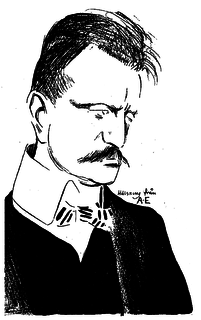
The Symphony No. 2 in D major, Op. 43, by Jean Sibelius was started in winter 1901 in Rapallo, Italy, shortly after the successful premiere of the popular Finlandia, and finished in 1902 in Finland. Sibelius said, "My second symphony is a confession of the soul."
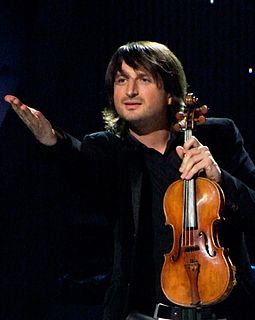
Edvin Marton is a Ukrainian-born Hungarian composer and violinist. He became known as the violinist of the skaters, mainly because Evgeni Plushenko, Stéphane Lambiel, Yuzuru Hanyu, and other famous skaters often skated to his music.
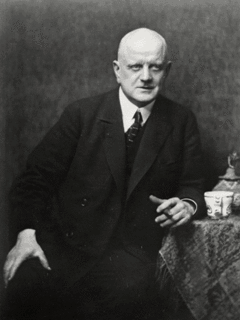
The Symphony No. 6 in D minor, Op. 104, was a work of long gestation completed by Jean Sibelius in 1923. Although the score does not contain a key attribution, the symphony is usually described as being in D minor; much of it is in fact in the (modern) Dorian mode. A typical performance lasts about 25 minutes. The composer called the work "cold spring water" in opposition to many contemporary "cocktails"—a reference to the modernist gestures in post-war music. The symphony was premiered by the Helsinki Philharmonic Orchestra, conducted by the composer, on 19 February 1923 and had other performances under his direction in the following months.
The Symphony No. 6 by Arnold Bax was completed on February 10, 1935. The symphony is dedicated to Sir Adrian Boult. It is, according to David Parlett, "[Bax's] own favourite and widely regarded as his greatest ... powerful and tightly controlled". It was given its world premiere by the Royal Philharmonic on November 21 of the year of composition, 1935.
The Symphony No. 3 by Arnold Bax was completed in 1929. It was dedicated to Sir Henry Wood and is perhaps the most performed and most immediately approachable of Bax's symphonies.
The Symphony No. 1 by Arnold Bax was completed in 1922 and dedicated to John Ireland. Its outer movements were based on a Piano Sonata in E♭ that Bax subsequently orchestrated, while the central movement was newly composed for the symphony.
The Symphony No. 1 Elevamini is an orchestral work by Australian-born composer Malcolm Williamson.
The Russian composer Nikolai Myaskovsky wrote his Symphony No. 11 in B-flat minor in 1931/1932.
Benjamin Britten's Piano Concerto, Op. 13, is the composer's sole piano concerto.
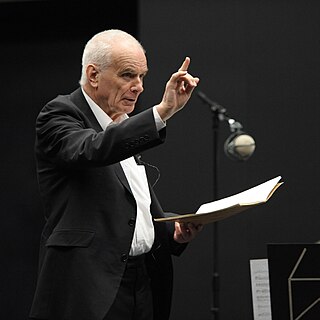
The Symphony No. 1 by Peter Maxwell Davies was composed between 1973 and 1976, and is dedicated to Sir William Glock, "as a mark of friendship and of appreciation of his work for contemporary music in his years as music controller at the B.B.C.". It was commissioned by the Philharmonia Orchestra, which gave the premiere of the symphony at the Royal Festival Hall, London, on 2 February 1978, with Simon Rattle conducting.
Mont Juic, suite of Catalan dances for orchestra, was written jointly by Lennox Berkeley and Benjamin Britten in 1937. Named for Montjuïc, it was published as Berkeley's Op. 9 and Britten's Op. 12.
The Trio for horn, violin, and piano, Op. 44, is a chamber music work by the English composer Lennox Berkeley. It was composed in the early 1950s and was premiered in March 1954 in London. A performance takes about 15 minutes.
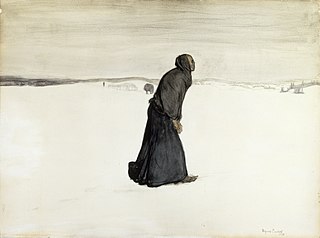
Scaramouche, Op. 71, is a two-act tragic ballet-pantomime, comprising 21 numbers, written in 1912–13 by the Finnish composer Jean Sibelius. The piece, set to a libretto by the Danish playwright Poul Knudsen, caused Sibelius great anguish—primarily because he had not understood that, when signing the commissioning contract, he was committing himself to the composition of an hour-long, full-length score. Scaramouche premiered in Copenhagen on 12 May 1922 at the Royal Danish Theatre with Georg Høeberg conducting the Royal Danish Orchestra and Johannes Poulsen originating the title role; Sibelius was not in attendance. Despite the quality of its musical material—critics at the premiere, for example, praised Sibelius's nuanced score for its sense of drama, noting that "it bears the imprint of genius"—the piece, due to the weakness of Knudsen's scenario, never established itself in the repertory and modern performances are rare.
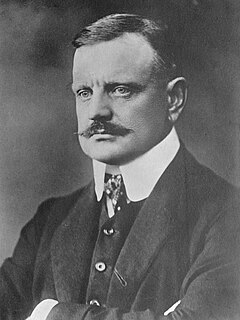
Swanwhite, JS 189, is incidental music for orchestra by Jean Sibelius for a play of the same name by August Strindberg. It consists of a horn call and thirteen other movements. Sibelius completed it in 1908 and conducted the first performance at Helsinki's Swedish Theatre on 8 April 1908. In 1909, Sibelius drew from it a suite in seven movements, Op. 54.
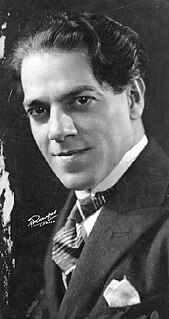
Symphony No. 8 is a composition by the Brazilian composer Heitor Villa-Lobos, written in 1950. A performance lasts about 25 minutes
Russian composer Alfred Schnittke's Symphony No. 8 was composed in 1994. Its dedicatee Gennady Rozhdestvensky conducted the Royal Stockholm Philharmonic Orchestra in the symphony's premiere in Stockholm on 10 November 1994.









